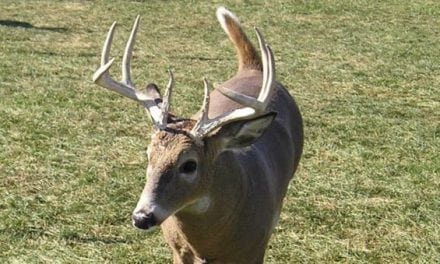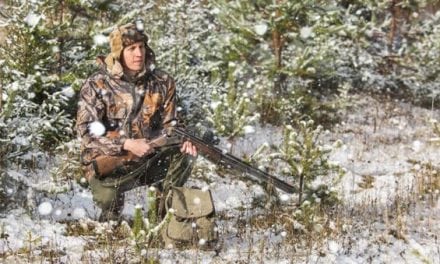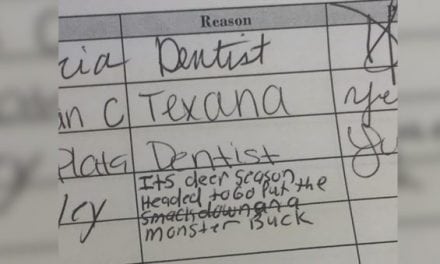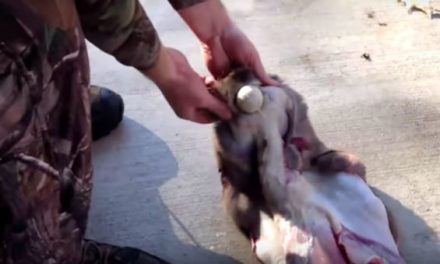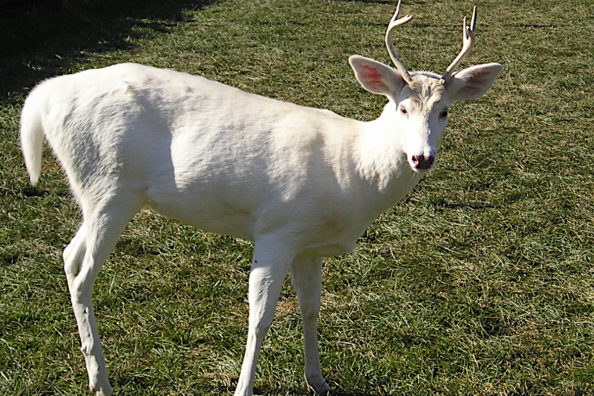
Should we shoot albino and piebald deer?
Albino and piebald deer are some of the most beautiful and controversial deer any hunter can encounter. There’s much debate over whether or not to shoot animals with abnormal color patterns.
So, we decided to look at all sides of the debate in depth.
We’ll look at the pros and cons of taking such an unusual animal out of a deer herd and what repercussions it could have on hunting.
What causes these odd color phases?
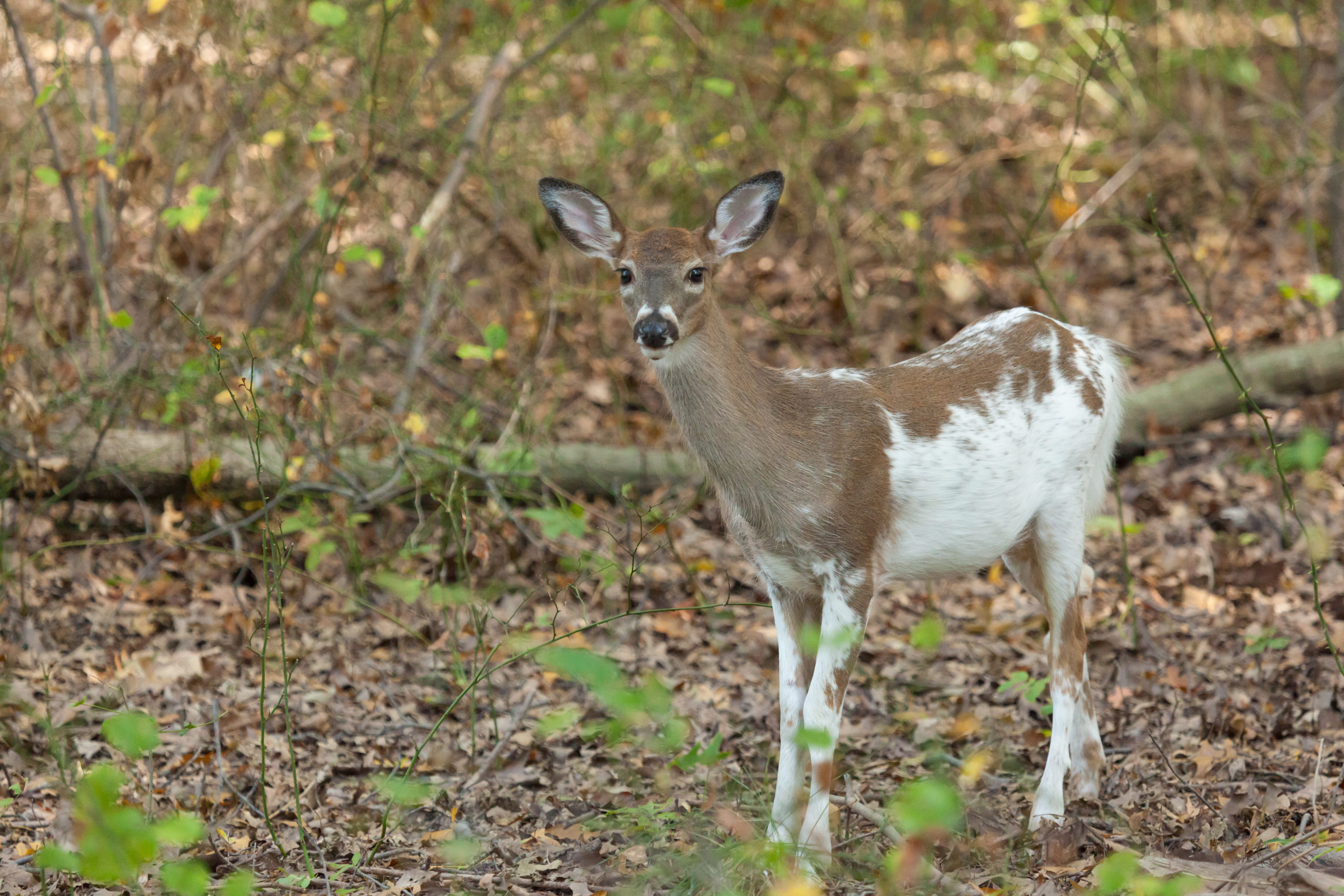
Albinism, leucism and piebaldism are all caused by a recessive trait that affects the amount of pigment in a deer’s hair. It’s believed both parents have to carry the recessive gene for these types of abnormalities to occur.
Albinism and leucism are often mixed up. Just remember that a true albino is going to have pink eyes and a nose while leucism often results in deer retaining the natural colors of their eyes, nose and ears.
Piebalds are pretty easy to identify and are the most common type of coloration you’re likely to encounter while hunting. The Quality Deer Management Association says this defect probably only occurs in around two percent of deer.
Even at two percent, piebalds aren’t exactly rare. I’ve had two run-ins with two different wild piebalds in my life. One was a young piebald doe I spotted a few miles from home and the other was a young piebald buck that showed up on one of my trail cameras one summer. He was later shot by another hunter.
When it comes to albino and leucistic deer, your odds of encountering them go down drastically. No matter what the color pattern, these deer often have other defects like short legs or spinal problems. They can also have a short “roman nose,” or other defects in their jaws.
A white or partially white deer is definitely at a survival disadvantage, even if the coloration is the only defect it has, as the coat makes them stand out better to predators, both human and natural.
In defense of shooting them
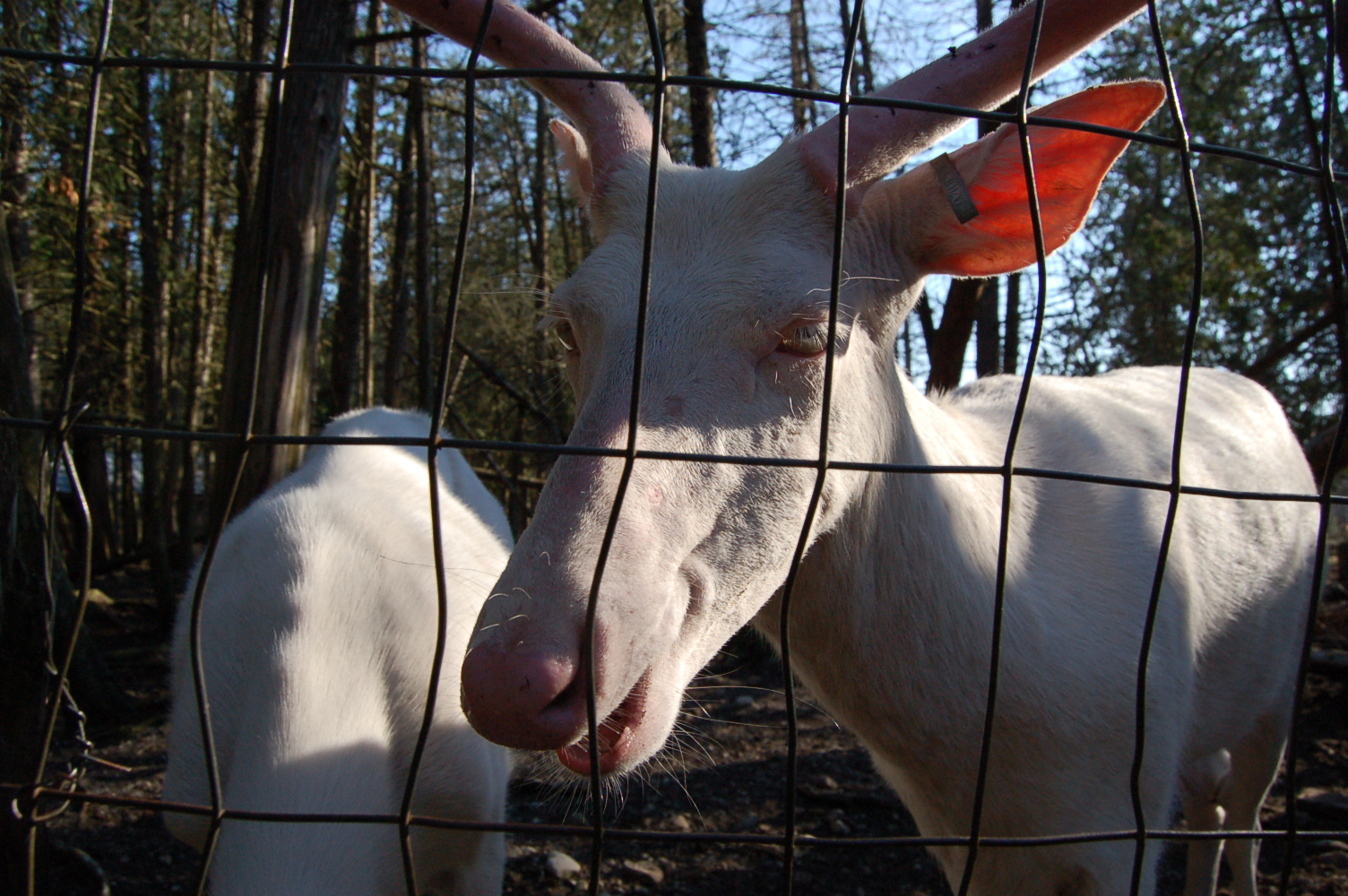
Most hunters are going to argue that albino and piebald deer should be taken out of the herd because they’re genetic abnormalities. It’s hard to argue against that because of the laundry list of health problems some of these white animals can have compared to their more naturally-colored cousins.
In some cases, such as a piebald that also has a short lower jaw, you might be doing the animal a favor if it’s having a hard time eating or walking from an arched spine. This is what deer management is about, right? Maintaining the herd and helping keep it healthy and free from genetic mutations that may be harmful to it in the long run sounds like a good thing.
In fact, you’ll find that most deer biologists agree with that sentiment. Still, for a very long time, many states had rules in place that protected albinos or piebalds. For instance, in my state of Michigan, it was long made illegal to shoot albino deer.
Not many hunters knew this, however. It wasn’t something that could be found in the book of regulations. That, and the recommendations of biologists are probably what led the DNR to getting rid of that rule in 2008.
In fact, in the wake of a high-profile incident where an 11-year-old boy shot a 12-point albino buck in 2014, Michigan DNR deer program specialist Brent Rudolph said despite public interest, there’s no reason to protect these animals.
“There is no biological reason to protect the genetic trait that causes a deer to be all-white or albino,” Rudolph told the Detroit Free Press.
Special rules protecting albino or piebald deer can also lead to unintended legal problems for hunters who don’t know the rules or don’t realize they shot a protected animal. Such was the case for an otherwise-legal Wisconsin hunter last year who shot what was considered an albino.
It may seem odd for someone to claim to shoot one by mistake when he claims he knew the rule, but this guy self-reported the incident, so I’m inclined to believe the story. It’s unfortunate because, other than the coloration, this was a pretty normal deer and this guy probably didn’t really need a punishment and his harvest confiscated for an honest mistake like this did he?
There are high-profile cases of albino or piebald deer that lived long and normal lives. There have been many famous albinos that lived to be mature bucks. But just as many are probably killed mercilessly by natural predators because they can’t hide as easily. Let’s face it, a bullet or arrow is a much more humane death than many wild animals will get. Why should a deer with white hair get preferential treatment and protections from hunters?
Also, this is a once-in-a-lifetime type of harvest. Not many are going to get the chance to shoot such a unique animal.
In defense of protecting them
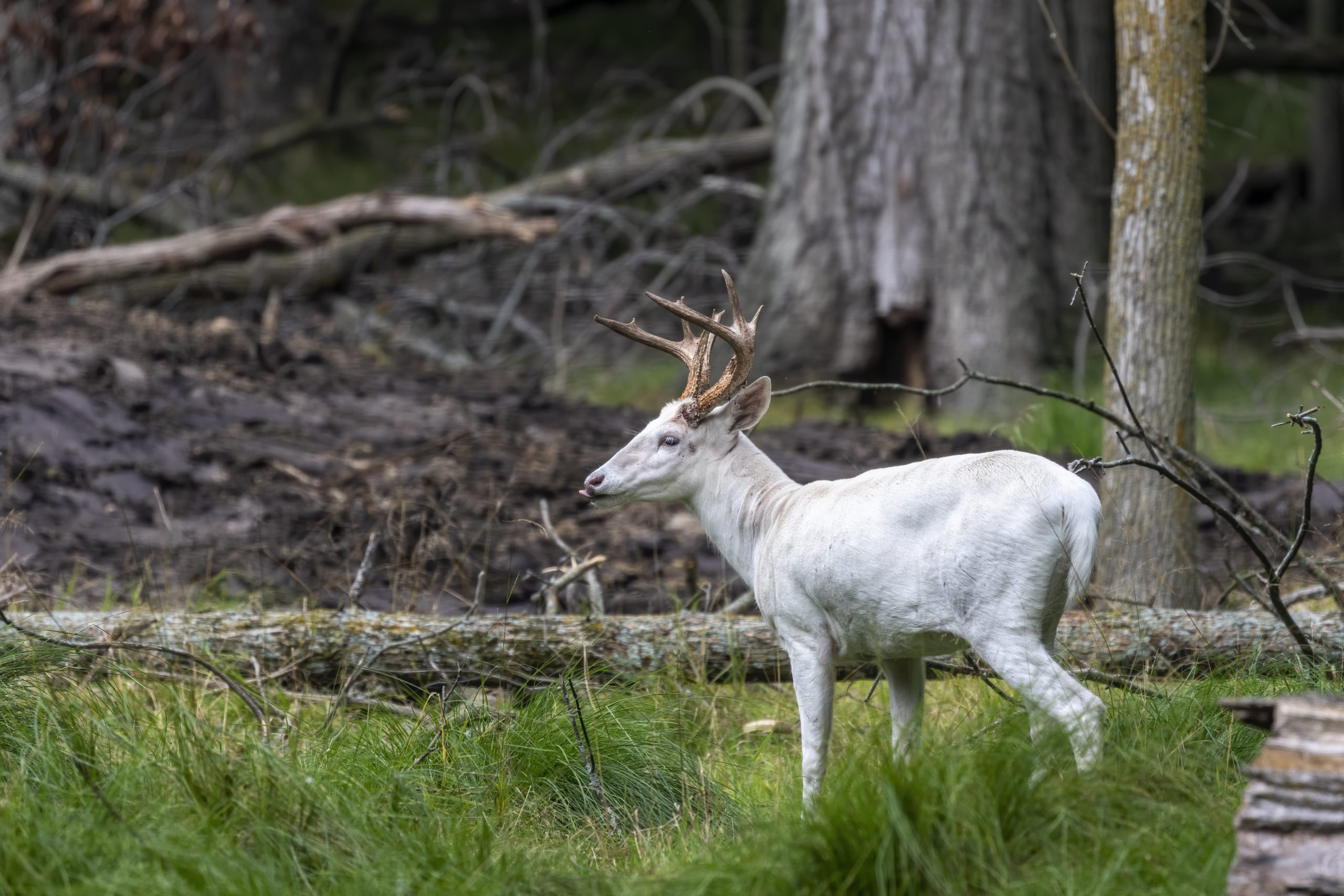
While there are many reasons for shooting a white deer, there are just as many reasons to preserve them. In fact, you’ll find that some hunters just flat out don’t agree with it. I’ve heard many stories from hunters who’ve had deer like this in their sights and let them walk.
I have also heard some Native American traditions hold these deer sacred, so you might not see many native hunters taking the shot either. If you’re not afraid of taboos or superstitions, there are other reasons to potentially preserve these deer.
Let’s look at the Seneca Army Depot in New York as an example. The Seneca Army Depot was a former munitions storage facility the U.S. Army utilized for more than 70 years. By complete chance, when the depot was fenced in during the 1940s, so too were at least two deer that were either leucistic or at least carrying the gene for it.
The herd became isolated and the recessive gene spread quickly through the wild, but fenced-in herd. It didn’t take long for the deer to become a sensation. When the depot closed in 2000, it sat in limbo for a number of years before finally being transferred to private ownership and opened to the public for tours just a few years back.
One can easily argue for the residents of Romulus, New York, where the depot is located, that the white deer herd is a good thing. The herd has been preserved and will likely be a source of tourist dollars for years to come.
Granted that’s a very unusual case, but let’s face it, everyone loves a white or partially white deer. They draw a crowd wherever they are. And in my mind, anything that gets people into the outdoors is a good thing.
While I’ve been fortunate enough to see one in the wild, plenty of others may never get that chance. Deer are essentially a natural resource shared by all of us. But this is an unusual situation when a white deer is involved. Is it fair for one person to take away something unique most may never see? Honestly, it’s something I’ve struggled with a bit because it’s a question without an easy answer.
Again, you’ll probably hit backlash from biologists on this. There has been a movement towards rolling back many laws put in place to protect these animals in recent years. But one thing many people aren’t considering in all of this is the image of hunting when one of these animals is shot.
Every time someone shoots a piebald or albino, it causes a stir. Often the local media get involved and pictures of the animal are spread far and wide on social media. You’ll also find that most of the hunters who shoot one regret sharing their success later.
Many hunters have been mercilessly shamed on social media after taking a piebald or albino deer. We can try to educate the public, but in most instances, they aren’t listening. All they see is a rare deer that’s now dead.
For this reason, I sometimes wonder if we’re simply better off not shooting them or if we do, not sharing them with the public. The reputation of hunting is already pretty shaky at best. You can double this when white animals are involved. The “Cecil the Lion” incident proved things are changing. People often throw hunters into a negative spotlight whenever someone shoots one of these animals. This dovetails into my last point.
It should at least be a topic of discussion.
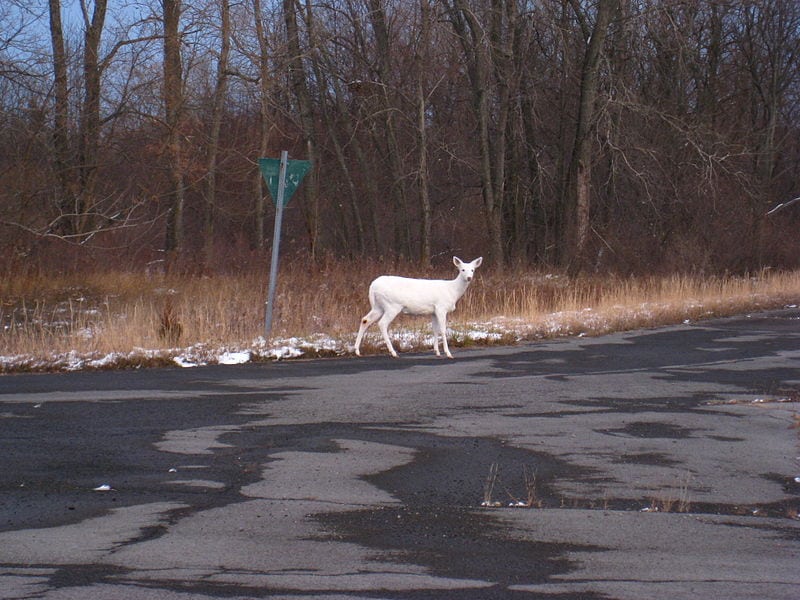
In my own opinion, I tend to believe there are more reasons to take these genetic anomalies out of the herd than there are to preserve them. I don’t think you’ll ever actually eliminate these genes from any deer herd. But at the same time, I might take some pause on shooting one because of the impact on non-hunters.
When I’m talking about non-hunters, I’m not talking about anti-hunters. The antis are already a lost cause and I’ve already written extensively about why I gave up and don’t care about them. Instead, I’m talking about people who aren’t against hunting, but they also don’t participate themselves.
Some non-hunters could care less about the brown deer we shoot every year. But shooting a white deer could change the tune, and we don’t need to create more anti-hunters. I don’t have a perfect solution for this problem, but at the least we should be more concerned with hunting’s reputation.
I’m not saying you shouldn’t shoot a white deer, but you should prepare yourself to deal with the consequences if you do pull the trigger on one. Going back to that albino the 12-year-old in Michigan shot, that family received a number of death threats after the photos of the boy and his deer went viral.
Never mind the fact the hunt was 100-percent legal. You and I both know that deer was no different than a natural-colored animal, but the public doesn’t know that. It’s unfortunate such a young child was on the receiving end of criticism and hate even though he did nothing wrong. I’d be very curious to see if the family would do it again if they had the chance at a re-do.
At the very least, it’s worth weighing the options, even if you think you’ll never see such a rare deer. The last thing you want is to find yourself with an opportunity and later regretting your decision.
Products featured on Wide Open Spaces are independently selected by our editors. However, when you buy something through our links, we may earn a commission.
For more outdoor content from Travis Smola, be sure to follow him on Twitter and check out his Geocaching and Outdoors with Travis YouTube channels.
NEXT: THE AXIS DEER AND HOW THEY’RE IMPACTING PARTS OF THE UNITED STATES
WATCH
The post Should We Shoot Albino and Piebald Deer? appeared first on Wide Open Spaces.












